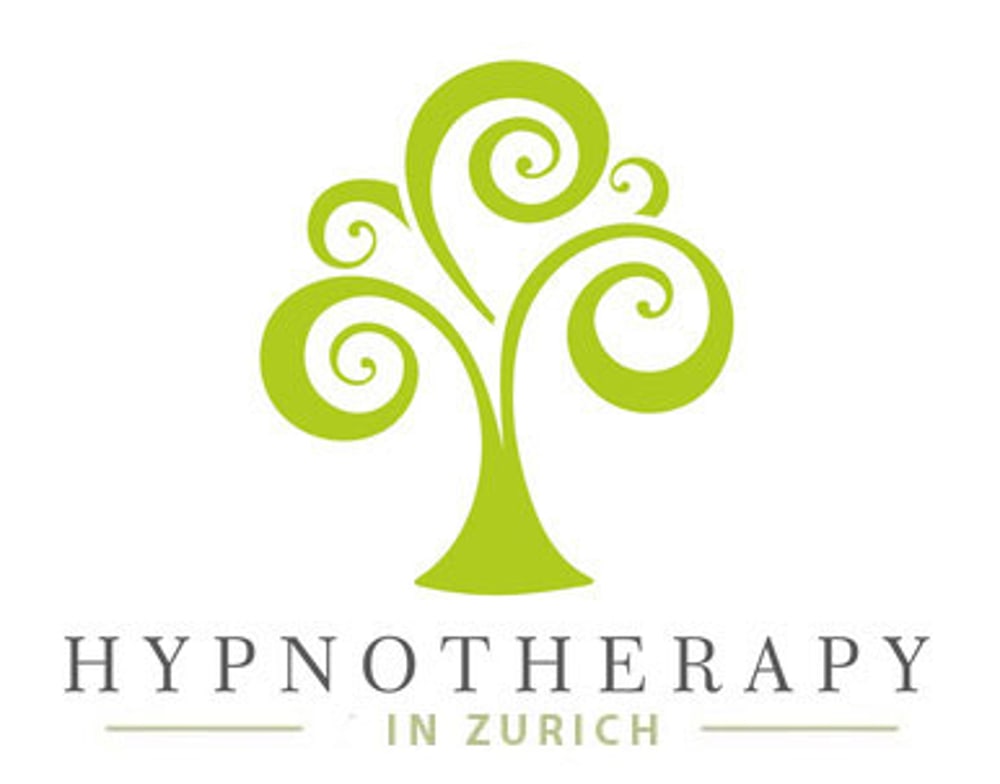Hypnotherapist & Holistic Practitioner
Hypnotherapy in Zurich
With Sangita Hothi

Hypnotherapy in Zurich
My name is Sangita Hothi, I am an English speaking Hypnotherapist in Zurich and a Holistic Practitioner.
I have been working in this field for over 15 years where my clients truly amaze me with their strength and determination to change their lives.
As a therapist, I help my clients to move ahead in life and clear whatever is holding them back.
We work together to create new avenues to achieve and to seek a new outlook and a fresh perspective in life.
Through an informal conversation, we can begin to take steps forward to suit every individual client and their needs.
Nothing gives me more satisfaction than to see my clients transform their lives with new and exciting beginnings.
I have a wide spectrum of knowledge.
Together we will explore a suitable path, whichever has the best fit through Hypnosis, Gestalt Therapy, EMDR Therapy, NLP, Regression Therapy, Reiki Healing and Reflexology.
My working methods also sometimes gives me the opportunities to combine my therapies as of when the requirements fit.
I am extremely adaptable and will find a way of helping you. I will be the best Hypnotherapist and Holistic Practitioner I can be for you.
If you’re ready to work with me let’s begin ……
Private Sessions in Zurich, Switzerland.
Online sessions for clients Worldwide.
Thank you dear customers for your kind feedback
Have a look what my customers say about me:
"Sangita will help you be the best person you can be"
Sangita is a healer and very smpythetic. I can recommend her EMDR sessions wholeheartedly. She can help if you are feeling anxious, stressed, or need help moving past a traumatic event. Sangita will help you be the best person you can be.
Stephanie
"Best investement in your well being that you can make"
Very helpful and relaxing. Sangitha really listens to your needs and will ensure that you get the best results. She would check the improvements and adjust the treatment whenever needed so you don`t need to be worried about spending time on something that is not important to you. She is really supportive and flexible with time so appointments can fit also into your busy schedule. Best investement in your well being that you can make.
Magda
"So grateful that I have found Sangita."
As an English speaker, it was difficult to find someone in Switzerland and therefore I am so grateful that I have found Sangita. I could instantly connect with her during the free introduction call. Sangita is kind and supportive. She adapts her techniques to your capabilities and needs. I have really felt a difference in my well-being. I would totally recommend Sangita :)
Jovana Sanussi
"Helped me overcoming my fears"
Sangita helped me overcome my fear of driving. I was terrified of it and simply could not do it. Sangita's hypnotherapy sessions helped get confident and now I am able to drive by myself
Alina Pal
"Feeling much stronger in health and self confidence."
It’s important to takes time for yourself, reconnect with yourself and Sangita Hothi helps me with that and I can see the difference from last year and now .
Feeling much stronger in health and self confidence.
I would advise anyone who is struggling to visit her.
Very sympathetic person, warm and very good listener. Thanks Sangita for the energy you share with me.
Guillaume Benedicte
"..I cannot recommend her enough."
I had the pleasure of working with Sangita Hothi, and I cannot recommend her enough. She created a warm and welcoming environment walked me through my tailor made course of healing. Her professionalism and deep understanding of trauma made me feel confident in her abilities.
Her calming voice and acknowledgment of my feelings helped me achieve a level of relaxation I had never experienced before. Over the course of our sessions, I noticed significant improvements in my anxiety levels and overall mindset.
She provided me with practical tools to use outside of our sessions, ensuring that I could continue to benefit from our work.
Her approach is both effective and empowering, making a positive impact on my life that I am truly grateful for.
Felicity Barker
Working together to transform your life.
Personalised & effective sessions ‒ Ready to work with me, lets begin !




